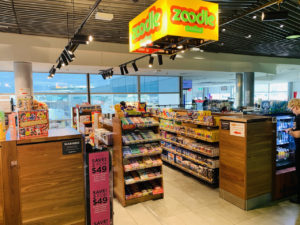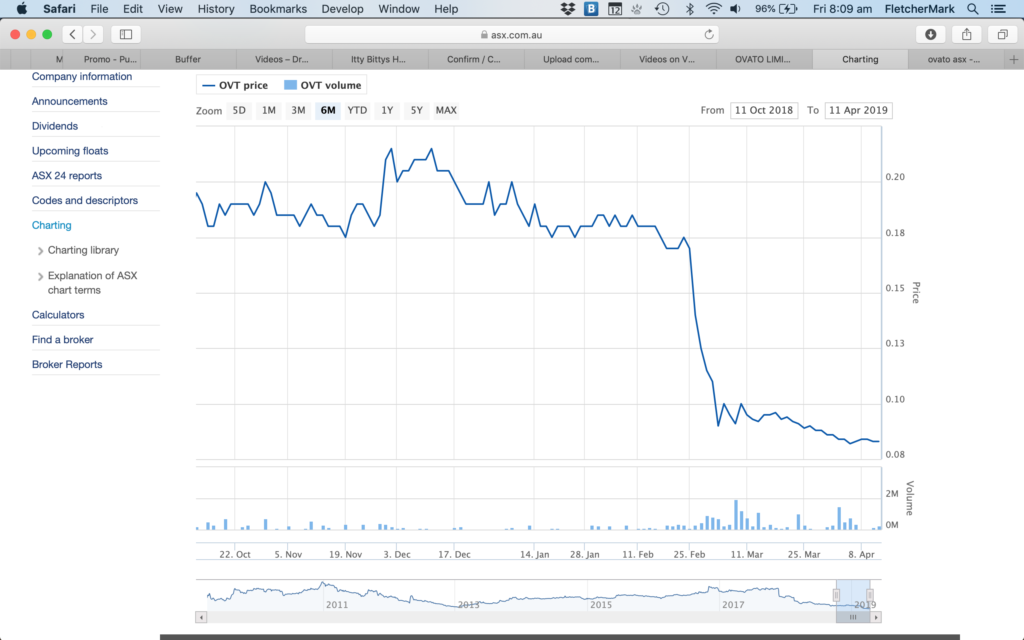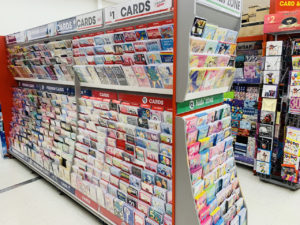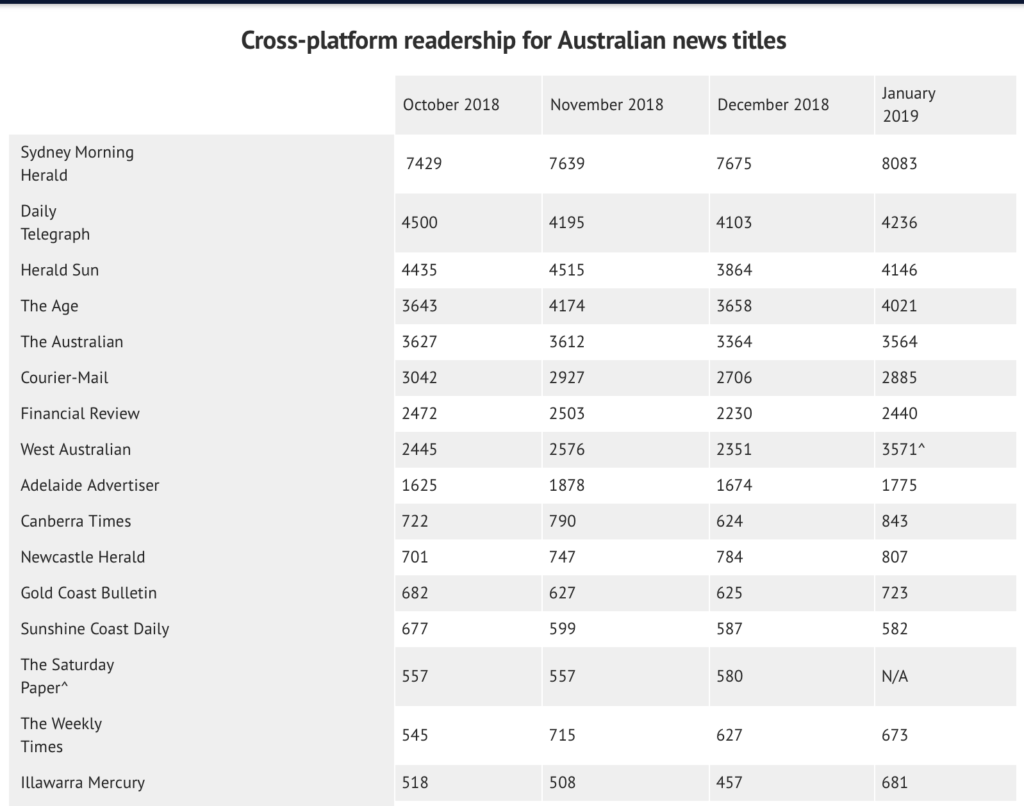Bumper editions have people questioning print newspapers
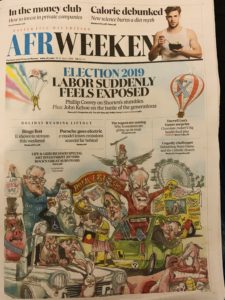 A couple of newsagents have emailed me about customer comment regarding Easter bumper editions.
A couple of newsagents have emailed me about customer comment regarding Easter bumper editions.
One said they had a long-term home delivery customer saying it is time for them to switch to digital and that this surprised them and got them thinking about the future of print.
Another contacted me to share frustration of customer complaints about the in-store product without access to support forms the publisher to handball the complaints.
This copy of AFR Weekend has been on sale since April 18. Five days.
Regulars here would know, for years I have seen no upside in print newspapers. While I sell then and engage with the requisite in-store promotions, I see tho upside in terms of traffic of margin dollars contribution. Not having home delivery for more than ten years now has saved me from questions abut things like bumper editions.
The paper medium is inefficient for news and analysis. It is expensive to produce and distribute, with many distribution newsagents making a value contribution beyond what is reasonable.
The only reason many print editions exist today is to provide a time related pathway for publishing companies. There is no upside for newsagents. In the meantime, newsagents deal with questions like some have had over Easter.
Okay, I get that for many, newspapers provide terrific foot traffic. The thing is, engaged newsagents should be well advanced in alternative sources of traffic, sources with upside rather than the certain downside of print.

